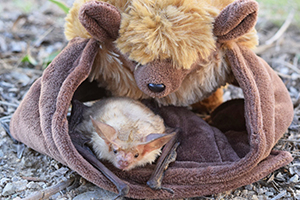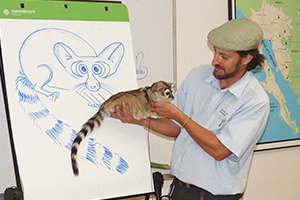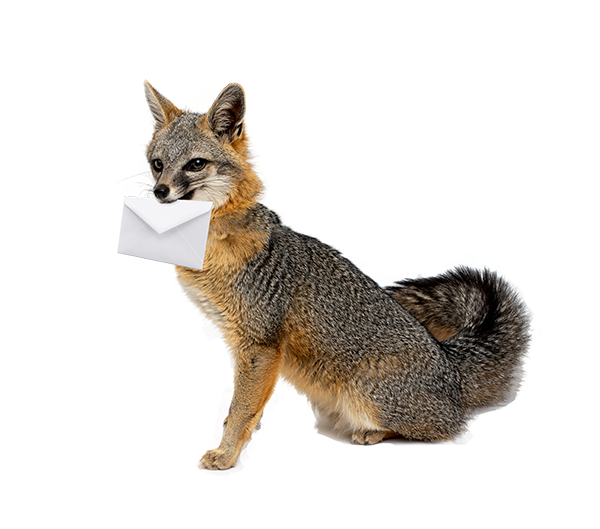Raptor Fun Facts!
Barn Owl
- Very widespread - found in every continent except Antarctica
- Specializes in rodent prey, catching up to 2,000 mice in a single year
- Whereas most birds of prey lay 2-3 eggs, the barn owl can lay up to 11
- Uses silent flight, excellent low-light eyesight, and hearing to capture prey
- Gets its name from the fact that in addition to residing in caves and tree holes during the day, it will also use man-made structures like barns, sheds, and mine shafts.
Chihuahuan raven
- One of the most intelligent bird species
- Opportunistic omnivores that eat a varied diet, including carrion
- Found in the southeastern portion of Arizona
Ferruginous Hawk
- The largest hawk found in North America
- Ferruginous hawks migrate south to Arizona in the fall
- Hunts primarily rodent prey, especially prairie dogs
Gray Hawk
- A predominantly Mexican and South American species, a small population migrates to spend the spring and summer months in southern Arizona
- Found in lowland riparian areas and mesquite bosques
- Specializes in reptilian prey, especially lizards
Great Horned Owl
- Generalist raptor that captures a very wide range of prey, including reptiles, amphibians, rodents, and birds
- Found throughout the U.S. in almost all habitats
- Uses adaptations such as excellent low-light eyesight, hearing, and silent flight to capture prey
- Owls do not build their own nests; because they lay eggs earlier in the year than most other species, they use old raven and hawk nests to raise their young
Harris Hawk
- The only hawk species known to hunt for prey cooperatively in family groups of 3-7 birds
- These birds employ clever and diverse hunting strategies that are similar to wolf packs.
- Although the Harris's Hawk is found in the southern half of Arizona, southwest New Mexico, southern Texas, and all through Mexico and South America, cooperative hunting is only observed in the Sonoran Desert region of their range
Peregrine falcon
- In a vertical dive after prey, called a "stoop," the peregrine falcon is the fastest animal in the world. It has been clocked at 242 mph
- Hunts avian prey almost exclusively
- One of the greatest conservation success stories. Through captive-breeding and reintroduction and the ban of a chemical pesticide called DDT, peregrine falcons are no longer an endangered species.
Prairie Falcon
- A falcon adapted to arid landscapes, it is from the fringes of the great plains to the west coast
- Like other falcons, prairie falcons nest in crevices, pot holes, and embankments on cliffs, making a "scrape" rather than a stick nest
- In many areas, the prairie falcon changes its diet seasonally. In the spring and summer, they focus on rodent and reptile prey, whereas in the fall and winter they feed primarily on avian prey
Red-tailed hawk
- Most common large hawk, can be found in every U.S state and almost all habitats
- Most juveniles have a barred, brown tail; the defining brick-red tail feathers appear in the second year
- A generalist predator that hunts a wide variety of species, including reptiles, amphibians, rodents, and birds










